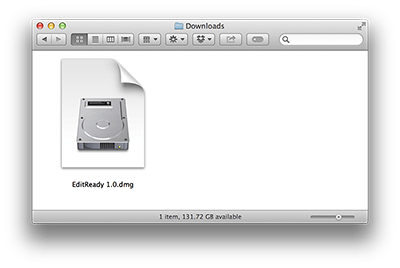

- #CLIPWRAP KEY HOW TO#
- #CLIPWRAP KEY MANUAL#
- #CLIPWRAP KEY SOFTWARE#
- #CLIPWRAP KEY SERIES#
- #CLIPWRAP KEY DOWNLOAD#
There is not consistency in the way the PsF files are flagged (identified) among AVCHD manufacturers, so even though some PsF files (benign PSF) are properly recognized as progressive by some very recent software editing programs (i.e.
#CLIPWRAP KEY MANUAL#
In the meantime, here is a short review of those AVCHD weaknesses:Ĭurrent AVCHD cameras (even professional ones) have chosen to record using lame FAT32 formatting, which unnecessarily forces the creation of multiple sequential files for long clips, which is a mess to view and manage at a system (“Finder”) level, and (without special workarounds in the software editor) requires manual rejoining of said sequential clips.ĭue to its heritage in the Blu-ray format, instead of simply recording video files, all current AVCHD cameras (even professional ones) record video files in a strange hierarchy of folders and subfolders, which are also a mess to view and manage at a system (“Finder”) level.Īlso due to its heritage in the Blu-ray format, 1080/25p and 1080/29.97p are not specifically valid, so all current AVCHD cameras (even professional ones) are unfortunately forced to record 1080/25p as 1080/25PsF, and 1080/29.97p as 1080/29.97PsF.
#CLIPWRAP KEY SERIES#
The terms benign PsF and malignant PsF were introduced in Part 1 of this series called PsF’s missing workflow.Ī summary of AVCHD’s multiple weaknesses for anyone who plans to edit the footageįor all of the details, please read (or review) parts 1-7 of this PsF’s missing workflow.

Now in #8, I’ll reveal how the US$49.99 middleware known as ClipWrap will be the cure-all for all of AVCHD’s multiple weaknesses, including both types of PsF, at least in the short term.
#CLIPWRAP KEY HOW TO#
In #7, I covered how to deal with PsF on a progressive sequence in Premiere Pro CS5.5.

In #6, I published an open letter to all pro AVCHD manufacturers. In #5, we revealed how one recorder manufacturer is offering its own “Band-Aid” software to counteract the inappropriate signals offered over HDMI by many camera manufacturers. In #4, we did the same with several HD video recorders from 6 different manufacturers. Once saved, just double click a file, which should open in QuickTime, or you will be able to be import the video files into your video editing software, like Final Cut Pro or Express.In parts 1-3 of the PsF’s missing workflow series, we introduced the terms benign PsF & malignant PsF, and revealed the PsF status of several professional AVCHD cameras from 3 manufacturers (Canon, Panasonic, and Sony). MTS file, Media Converter will be the default App that will open it with a Dialog Window for you to navigate to where the resulting. What you just did was tell your computer that any time you double click a. A window will open, go down to Open With, and in the Pull Down Menu, navigate to the Media Converter App in your Applications Folder, and then click on the Change All button below. After you go through all your video clips, deleting the unwanted ones, and writing a description for the keepers (by clicking on the video clips name and changing it), click on any one file once, then in your Menu Bar go to File>Get Info. The playback will be a little jerky and the audio will be out of sync, but do not worry, as this is only a reference for you to use to see what the chosen video clip is about. MTS files, click on the first file and drag it onto the MPlayerX icon in the Dock, which will play the video clip so I know what video clip I’m looking at. The other software I use as part of my workflow is MPlayerX, which is also free. Then double click the downloaded file to add it to Media Converters Presets.
#CLIPWRAP KEY DOWNLOAD#
Choose Re-wrap AVCHD for Quicktime - uncompressed Audio by clicking on the icon to the right of the description, which will download the preset. A web page will open with additional presets. When you open Media Converter, go to Preferences>Presets, and click the More Presets button at the bottom of the window.

All this software does is re-wrap the file to a file that your video editing or video player software recognizes, which for me is a. To deal with these files, I use Media Converter, which is free and offers lossless quality, meaning no quality loss. I shoot video in the AVCHD format, with resulting.


 0 kommentar(er)
0 kommentar(er)
